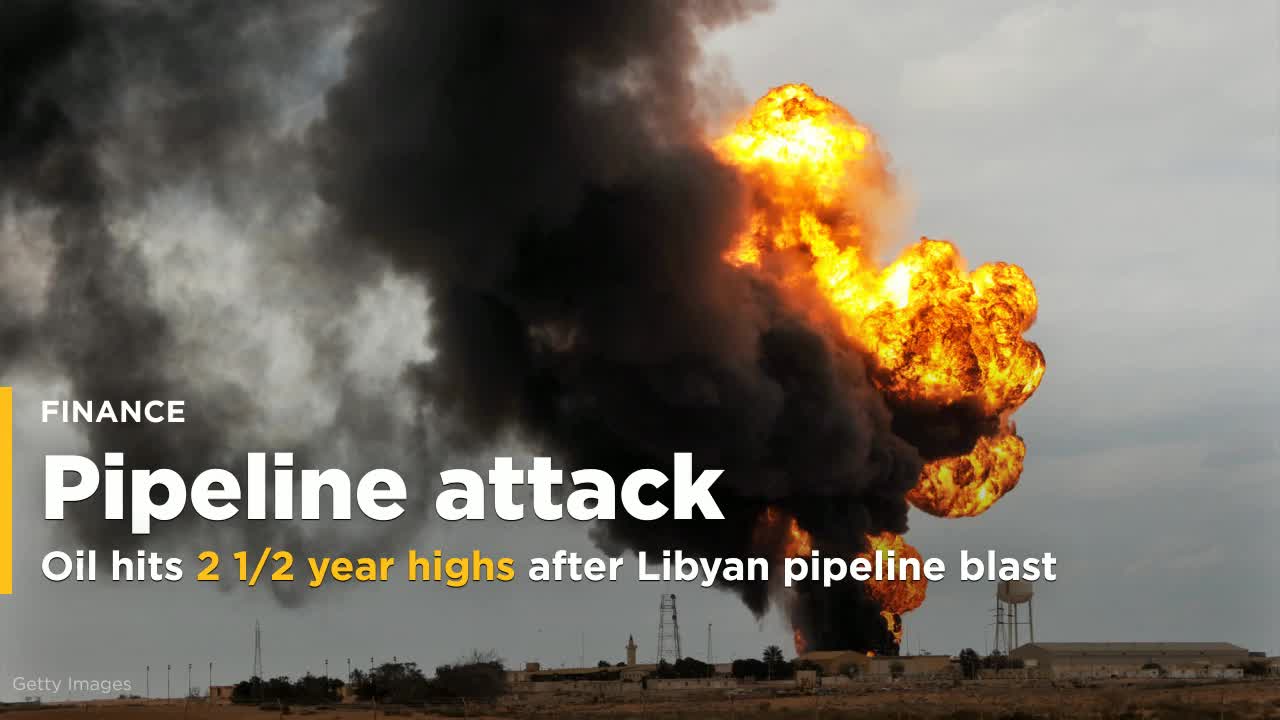
A Happy New Year and welcome to 2018. We all hope that it turns out a better year economically than 2017 was. Of course the spectre of the ANC’s December Conference hung over all of us last year; after the Cyril victory the hope is that there is a certainty now and companies are able to move forward.
Certainly, the beginning of 2018 has shown some signs of optimism from my conversations with people. The rand has strengthened against the Dollar, Pound and other major currencies. Great news for those moving money out of S.A. but not so great if you’re moving money in, and if you’re an exporter.
In the Process Safety and Risk world, the year has not started so well, with news of some high profile incidents. On Boxing Day, 26th December 2017 a large explosion was reported in Libya at a pipeline carrying oil to that country’s largest export terminal, Es Sider. The explosion resulted in a drop in production immediately after the event from 170,000 barrels per day to about 100,000 barrels per day. The total output from Libya was about 1-million barrels per day. Brent Crude Oil rose by about 2.5% on the news.
Then, in China on the 6th of January this year there was collision between an Iranian-owned tanker (the SANCHI) and a Hong-Kong-owned cargo ship in the East China Sea. The Sanchi was carrying about 1 million barrels of condensate (which is a light oil associated with natural gas extraction). Condensate is a low density and particularly volatile type of crude and from a risk perspective we tend to pay attention to it due to its tendency to have its light ends evaporate forming flammable atmospheres more readily than heavier crudes. Soon after the collision the Sanchi caught aflame and sank on 14th January. A large amount of the oil (unconfirmed exactly how much) leaked into the ocean; being so light it is expected that a large quantity of the oil evaporated, however, the incident has caused alarm of adverse environmental impact. Sadly, also, none of its 32 crew survived.
These incidents may sound far away from us here in South Africa but their causes may not be unique. The Libyan incident is reported to have been a vandalism incident (or terrorist attack) while the Sanchi sank as a result of ship collision (the exact cause of the collision remains unknown). More increasingly around the world we look at vandalism, terrorism or piracy events when considering hazards to a facility. I recall in a Hazard Identification (HAZID) study I was part of in 2012 for a Norwegian client we considered piracy as a possible threat to its platform in the North Sea. Ship Collisions routinely form part of Offshore Safety Cases, with standalone Ship Collision studies considering probable causes of ship collisions, SIMOPS (simultaneous operation) issues and the like.
Accidents do happen and unfortunately we do sometimes learn the hard way, but there are opportunities for us all to analyse and introduce control measures to keep accidents from occurring, and to learn from the misfortune of others. Let us aim for a safe 2018!
